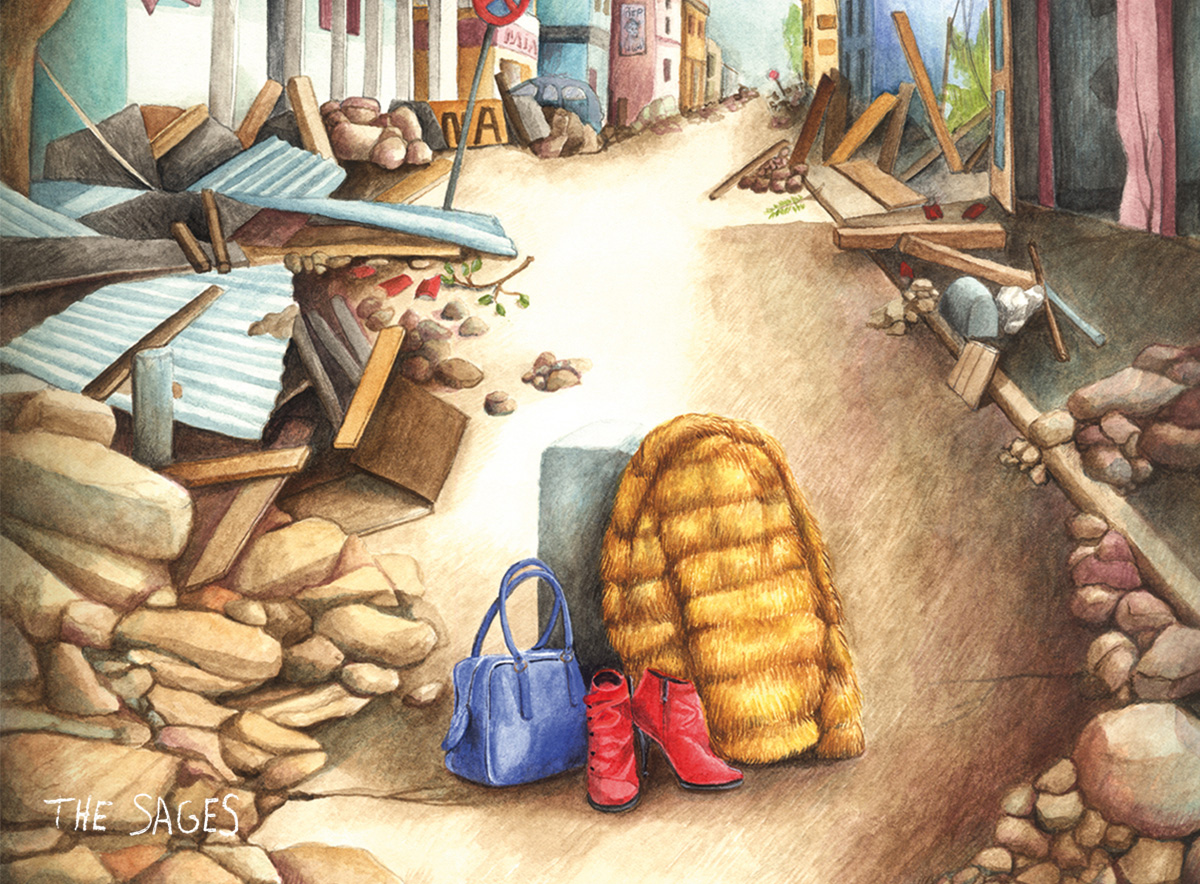How are the hottest fashion trends heating the atmosphere?

The impact of the fashion industry on carbon storage
The fashion industry has a significant impact on the planet’s capacity for carbon storage. Eighty-three percent of the world’s agricultural land is allotted to grazing and food for farm animals, which are mainly used to produce clothing. This practice is widespread and when man exercises his control over nature and part of the forest is destroyed to cultivate cereal crops for animals on the land, the plants are only partly able to fulfill their carbon storage role and the ground also loses its capacity for carbon storage.1
Consequently, by 2100, the storage capacity of the ground maybe 40% less effective than current estimations, mainly as a result of the textile industry. To avoid exceeding 1.5 to 2°C of global warming between now and 2100, atmospheric CO2 will need to decrease each year. Henceforth, it will be crucial to increase carbon storage in the ground.
Explanation: oceans, forests, and all types of soil are examples of carbon wells. A carbon well naturally captures the carbon in the atmosphere and stores it. One thousand five hundred billion tons of CO2 are stored in the soil, twice the amount present in the atmosphere and three times more than that contained in plants.
The scientific models that demonstrate the link between the level of atmospheric CO2 and the temperature indicate that the carbon wells could play a significant role in the fight against global warming by decreasing the concentration of atmospheric CO2. Hence, in addition to a drastic reduction in greenhouse gases produced by fossil fuels, one of the principal levers for stopping the increase in the concentration levels of CO2 in the atmosphere would be to augment the stock of carbon stored in the ground each year.
Changing practices to preserve carbon storage
Agricultural practices and land use must be changed to fight effectively against global warming. To ensure that the ground preserves its capacity to store carbon, the fashion industry must no longer prevent natural regeneration. In fact, industrial and textile production methods must rapidly evolve to preserve the contribution made by plant roots in the ground and increase global vegetation cover.
Hence, when you put on an item of clothing made from industrial wool, a pair of shoes, or a fashion accessory made from leather or fur, it is important to be aware that millions of hectares of forest are destroyed and that the capacity of the ground to store carbon is being diminished and lost on a global level.
We need to select clothes that are made from recycled materials and natural or innovative fabrics that can be easily used to manufacture fashion accessories.
It is possible to reconcile our clothing choices with the preservation of the planet: discover THE SAGES’ online eco-shop and handbags made from recycled apple leather.
ARROUAYS, Dominique & al., 2003, ‘Étude et Gestion des Sols’, Vol. 10 (4), INRA, pp. 241–250.
ONE THOUSAND FIVE HUNDRED BILLION TONS OF CO2 ARE STORED IN THE SOIL, TWICE THE AMOUNT PRESENT IN THE ATMOSPHERE AND THREE TIMES MORE THAN THAT CONTAINED IN PLANTS.



Validate your login